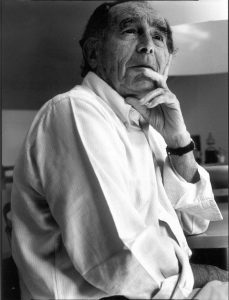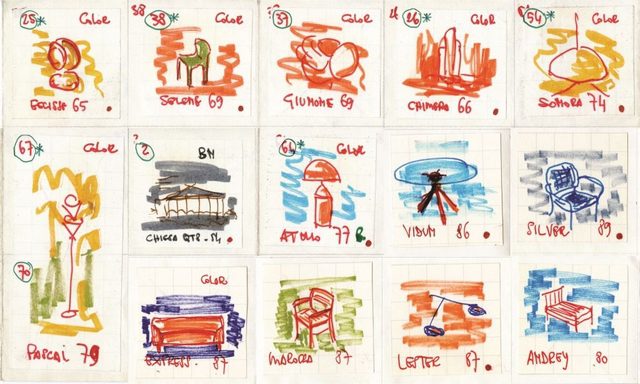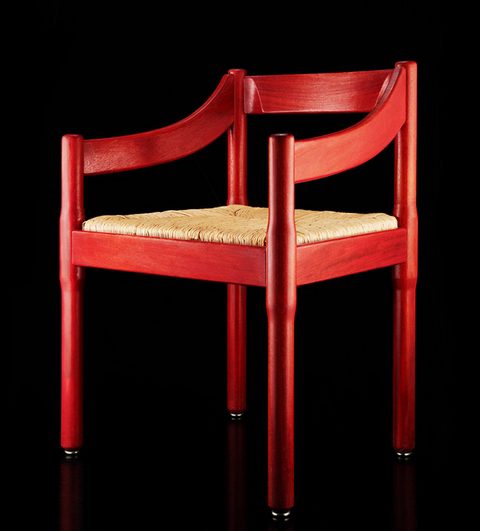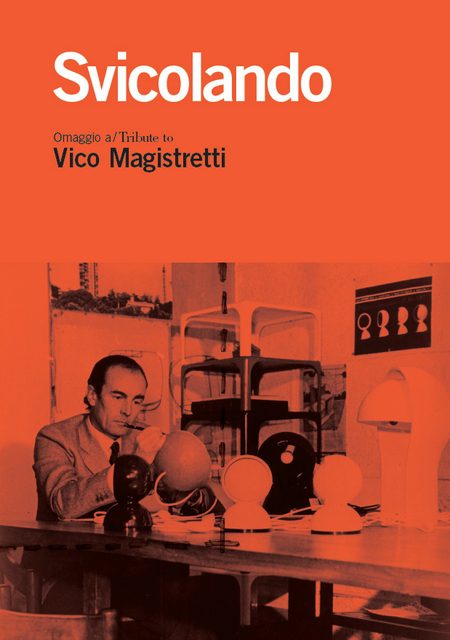DESIGN:SVICOLANDO-Exhibition of Vico Magistretti
 ”Design is not, in my view, object play in all the morphological and technical details, but a way to explore deeper, to discover and express the soul, the essence of the object, or rather to determine that another possible reality behind the visible reality (look at usual things with unusual eyes). This, in my opinion, is the design expressed by sketching. “This is not a pipe,” Magritte wrote in a painting depicting a pipe. In addition, the design is also looking at the pipe, there may be something else”.
”Design is not, in my view, object play in all the morphological and technical details, but a way to explore deeper, to discover and express the soul, the essence of the object, or rather to determine that another possible reality behind the visible reality (look at usual things with unusual eyes). This, in my opinion, is the design expressed by sketching. “This is not a pipe,” Magritte wrote in a painting depicting a pipe. In addition, the design is also looking at the pipe, there may be something else”.
Vico Magistretti
The exhibition SVICOLANDO, shown at the Italian Cultural Institute in Athens, aims to acquaintance, the modern viewer, the work of Vico Magistretti, not as an architect, but as a Designer, showing a series of drawings and photographs, as well as numerous articles, that made known Italian Design worldwide. The facility, exposed, consists of nine panels, wherein the printed archival material showing historical business ties Vico Magistretti with some of the most important Italian companies: Artemide, De Padova, Flu, Oluce and Schiffini, and through sketches and photographs of most famous objects of Vico Magistretti, notes, letters and faxes, and historical pieces that still continue to be manufactured, recount the amazing collaborations that lasted over twenty years. These companies since 2010 are also founding members of the Fondazione Vico Magistretti, in honor of Teacher of Italian Design.
By Alexandra Tsotsou
Photo: Italian Cultural Institute, Athens
Vico Magistretti (6/10 / 1920-19 / 9/2009) studied at the Classical Lyceum Parini, then in 1939, he enrolled in the School of Architecture at the Royal University of Milan. Between 1943-1944, during his military service he left Italy and settled in Switzerland, where he had the opportunity to attend academic classes at Champ Universitarie Italien Lausanne. At that time, he consorted with Ernesto Nathan Rogers, who played an important role in spiritual formation. In 1945, returned to Milan where he obtained a degree in Architecture and started his profession career in the office of his father, an architect, Pierluigi Magistretti. In the period 1945-1959, he designed and implemented about 14 projects for INA-Casa, while with Mario Tedeschi, participated in the collective work of the district QT8. During the Triennale in Milan and the developing industrial design, noteworthy is the participation in the 8th & 9th Triennale (Gold Medal) and the 10th edition (Grand Prize), while the Milanese institution has curated exhibitions in the context of the most recent edition of (particularly at the 12th Triennale in 1960 in collaboration with Ignazio Gardella). The 50s was a period rich in innovative initiatives and proposals for the new architect, in a short period of time, established itself as one of the most brilliant representatives of the third generation. In this period, there are two important buildings of Vico Magistretti in Milan: the Tower, Torre al Parco in via Revere (1953-56, with Franco Longoni) and office building in Corso Europa (1955-57). In the years that followed, they have been many other very important projects, such as towers in Piazzale Aquileia (1961-64). Also, in the following years as the business architect is complemented by that of the Designer, the design of furniture and objects identified anymore “classic” in modern production. It is the period of the Hall in Cusano Milanino (1966-69), District of Milano-San Felice (1966-69, with Luigi Caccia Dominioni), residence in piazza San Marco (1970-73).
His first product was the chair Carimate, in 1959, was designed for golf club in Carimate-Lombardy and joined in production by the company Cassina. This chair soon became popular in restaurants throughout Italy and beyond. At the same time, won the Compasso d’Oro Award for lamp Eclisse (1966), the luminaire Atollo (1977, awarded in 1979) and the sofa Maralunga (1973, awarded in 1979). At that time began his collaboration with major companies such as: Artemide, Campeggi, Fontana Arte, Fritz Hansen, Kartell, Olivari, Oluce, Poggi, Schiffini Mobili Cucine, Gebrüder Thonet Vienna. Projects – design, exhibited in the permanent collection of the Museum of Modern Art-MoMA in New York and numerous other museums in Europe and the USA. As an architect, was elected an honorary member of the Royal College of Art in London, where he served as Visiting Professor. He also participated in exhibitions and conferences in Europe. Among the recent architectural projects include the building of the Department of Biology in Milan (1978-81, with Francesco Toro), the Tanimoto house in Tokyo, Center Cavagnari of Cassa di Risparmio in Parma (1982-1985), the Depot for Famagosta Metro Milan (1989-2000), Super Market Esselunga in Pantigliate (1997-2001), Villa in St. Bart in the French Antilles (2002) and, most recently delineated project, Villa in Epalinges, near Lausanne (2005).
During the Second World War, much of the Italian manufacturing heritage had been destroyed, so it was important to find new ideas to rebuild the country. This was an interesting challenge for designers and architects, who were asked to update homes and offices with a functional manner. In the 50s industrial objects became a symbol of this new Renaissance period in Italy, suddenly discovered that modernity means prosperity, comfort and quality of life. Thus, next to the devices for the home we find furniture, lamps, and a series of objects for home and leisure. The new furniture for industrial serial production had gained a significant role. Young rationalist architects have used their practical training. Some important names of this period are: Franco Albini, Ignazio Gardella, Luigi Caccia Dominioni, Vico Magistretti, Ettore Sottsass, Marco Zanuso, Achille Castiglioni, Piergiacomo, and team BBPR (Banfi, Belgiojoso, Peressutti, Rogers). The Italian Design was at his peak in the ’60s, when a large number of simple objects entered the production and deified. There was a rapid increase in both the Italian and the Global Market. In these years, designers have had great importance: Mario Bellini, Vico Magistretti, Gae Aulenti, Angelo Mangiarotti, Enzo Mari, Rodolfo Bonetto, Marco Zanusos, with great success in the United States, as representatives of Italian Design.
Info: ”SVICOLANDO: Exhibition of Design Vico Magistretti ”, Italian Cultural Institute, 47 Patision Str., Athens, Duration: 10-30/10/14, Days & Hours: Mon-Fri: 10: 00-14: 00, www .iicatene.esteri.it / IIC_Atene



